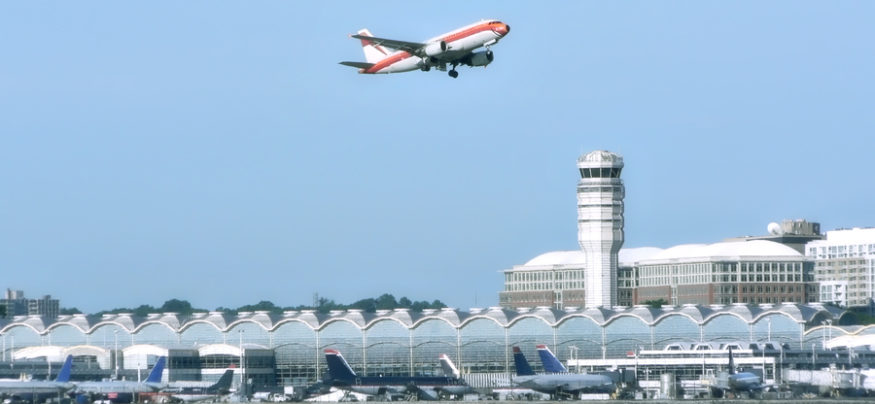Federal aviation agencies operate in an environment with zero margin for error. While the National Airspace System’s (NAS) safety track record has never been better, the Federal Aviation Administration (FAA) must ensure its airspace system meets the needs of air travelers for generations to come — and this can be a challenge. As the Department of Transportation’s inspector general told Congress in July, “FAA’s highly operational, tactical, and safety-oriented culture can lead to a risk-averse outlook that is slow to embrace change.”
So how can the FAA balance the risk of change with the rewards of innovation? This was one of the questions posed in the “It’s all about the information” panel I participated in this week at ATCA 2018 Technical Symposium, alongside federal agency and private sector technology leaders.
It’s more apparent now than ever that we’re entering the golden age of data-driven decision-making that is radically different from when people started flying 100 years ago. Just think about the technologies already on the market that have the potential to transform how agencies make decisions. We’re able to collect more relevant information related to air travel, aircrafts and operations with IoT and sensors; we can analyze equipment health, maintenance schedules, environmental conditions, flight pattern data and more thanks to high-performance computing, analytics and AI; we can create real and potential scenarios to train personnel and hone decision-making skills through virtual and augmented reality; and advances in networks and 5G allow us to deliver all of this data and capability at unheard-of speeds to personnel — wherever and whenever they need it.
FAA is starting to embrace many of these IT innovations, evaluating new programs designed to drive faster decisions and better outcomes — especially in light of new developments around Unmanned Aircraft Systems (UAS). FAA’s NextGen program and Aviation Safety Information Analysis and Sharing (ASIAS) program are examples of how data is improving safety and operational efficiency. As Daniel K. Elwell, the acting administrator of the FAA, recently shared in a speech, “I’m encouraged by the energy in this industry and the willingness of everyone in this room to work together. We’ve raised the collaboration bar to a new height — and we’re just getting warmed up.”
No federal agency can let short-term risk aversion become the long-term plan. As the industry looks to future-proof investments, they should evaluate solutions that can scale with demands, take an agile approach to development and leverage platforms that address future integrations and interoperability needs. When it comes to improving safety, security, efficiency, flexibility and predictability of operations, the mission of FAA and the NAS is too important to be left behind. We have to find ways — collectively across industry and government — to drive new technology adoption and think differently about risk.
Read more about how Samsung’s federal government solutions can help agencies reduce risk and embrace innovation.








